Blog
Nothing Headphone (1) review: Bringing the weird
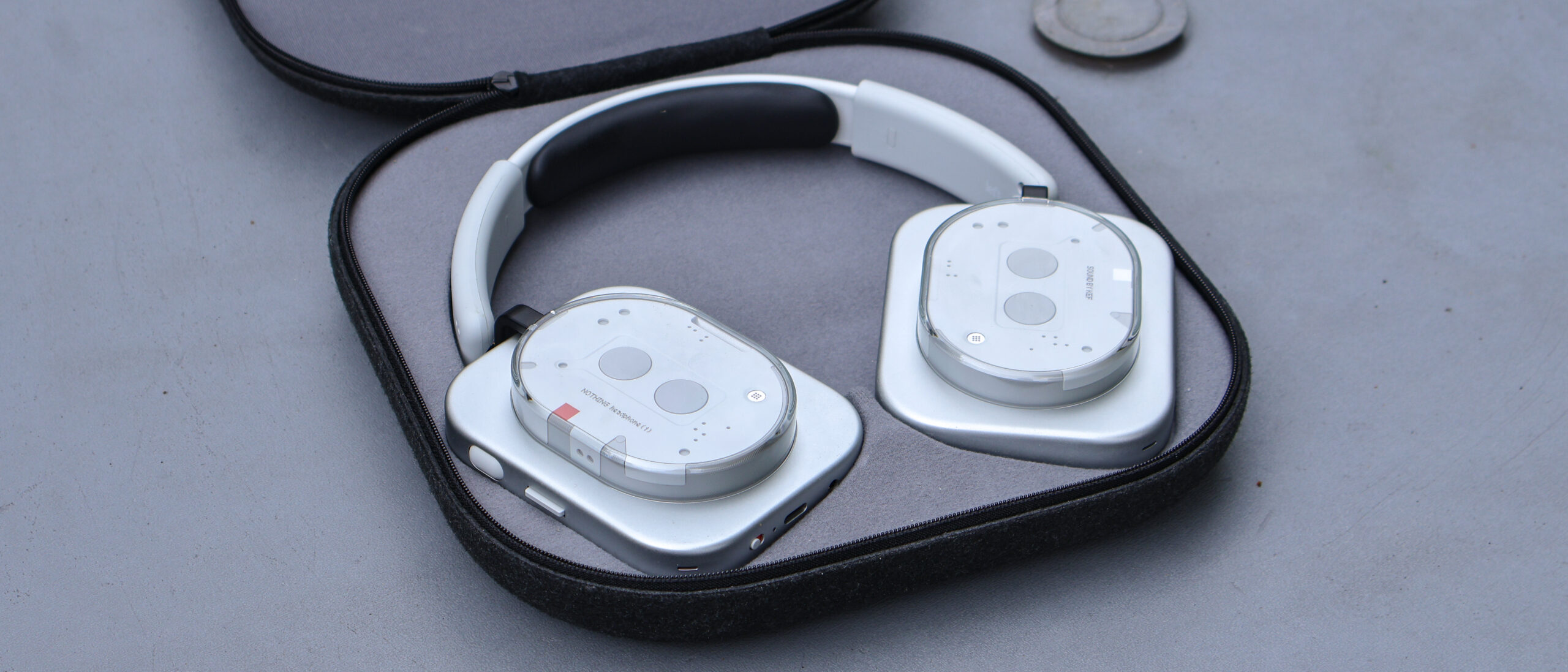
It’s always difficult to know what to expect when a new manufacturer joins the headphones game. Which part of the package is going to stand out, which is going to need work for the next model? With Nothing and its new Headphone (1), things were slightly easier to foretell.
Like the Oracle of Delphi, I could have told you that the headphones were going to look excellent. And they do — point one for the Oracle. I also could have told you they’d undercut the competition in price — and they do that too. Another point for the Oracle. What I couldn’t have told you is how they were going to sound.
Now that I’ve got them in my hands, I can tell you how they sound, and while the story is no Greek tragedy, it’s not a shining tale of godly heroism, either: The Nothing Headphone (1) are treacherously close to being some of the best headphones, but they’re going to require some work from you to adjust the EQ to your liking. And that’s far easier said than done.
Nothing Headphone (1): Specs
- Price $299/£299/AU$549
- Connectivity Bluetooth 5.3
- ANC Yes
- Battery 80 hours (ANC off) 35 hours (ANC on)
- Weight 0.72 pounds
- Dimensions 6.8 x 3 x 7.4 inches
- Colors Black/White
- Drivers 40mm
- Compatibility iOS, Android
- Frequency response 20Hz – 40kHz
Nothing Headphone (1) review: Price and availability
The Nothing Headphone (1) have launched at a surprisingly compelling price for something that comes with so many flagship features. Here in the U.S. they undercut the Sony and Bose alternatives by a healthy $100 at $299, making them cheaper than both the Sony WH-1000XM5 and the Bose QuietComfort Ultra Headphones.
And that’s important in the grand scheme of things. They’re aimed directly at the flagship models with comparable build, styling and features. That’s an impressive package for such a saving — but things do get trickier for Nothing’s new headphones when you start to consider some of the similarly priced competition.
They’ve got to fight off Cambridge Audio’s less expensive and sonically superior Melomania P100, for one. That’s a tall order with the gaping void between the two in core sound.
Then there’s the Marshall Monitor III, which take the battery life claims of the Headphone (1) to school. So yes, they are a similarly specced but cheaper alternative to the flagship models, but there’s still plenty of competition for the Nothing Headphone (1) in an arguably more well-stocked price bracket.
Nothing Headphone (1) review: Build and design
- Stunning design
- Top-notch, premium build
- Slim protective case
Nothing has become well-known for its standout, transparent design. The Nothing Headphone (1) were never going to be an exception to the rule, and from the moment you pull them from their cardboard prison, you’re treated to one of the most unique-looking and feeling pairs of headphones you can buy today.
They’re square, a bit like the AirPods Max, but flatter thanks to Nothing’s cassette motif. The initial plane of the earcups is metal and feels great under the finger, and then the transparent panel that brings the Nothing house style sits on top.
Under that clear panel is what looks like a cassette on each ear. Remember those? It looks like the designer at Nothing does, because there are constant references to audio gear of the past all over the place. They’ve got a retro futuristic style, and it’s one that I really appreciate. Headphones should be fun, and that’s something that Nothing has got very, very right.
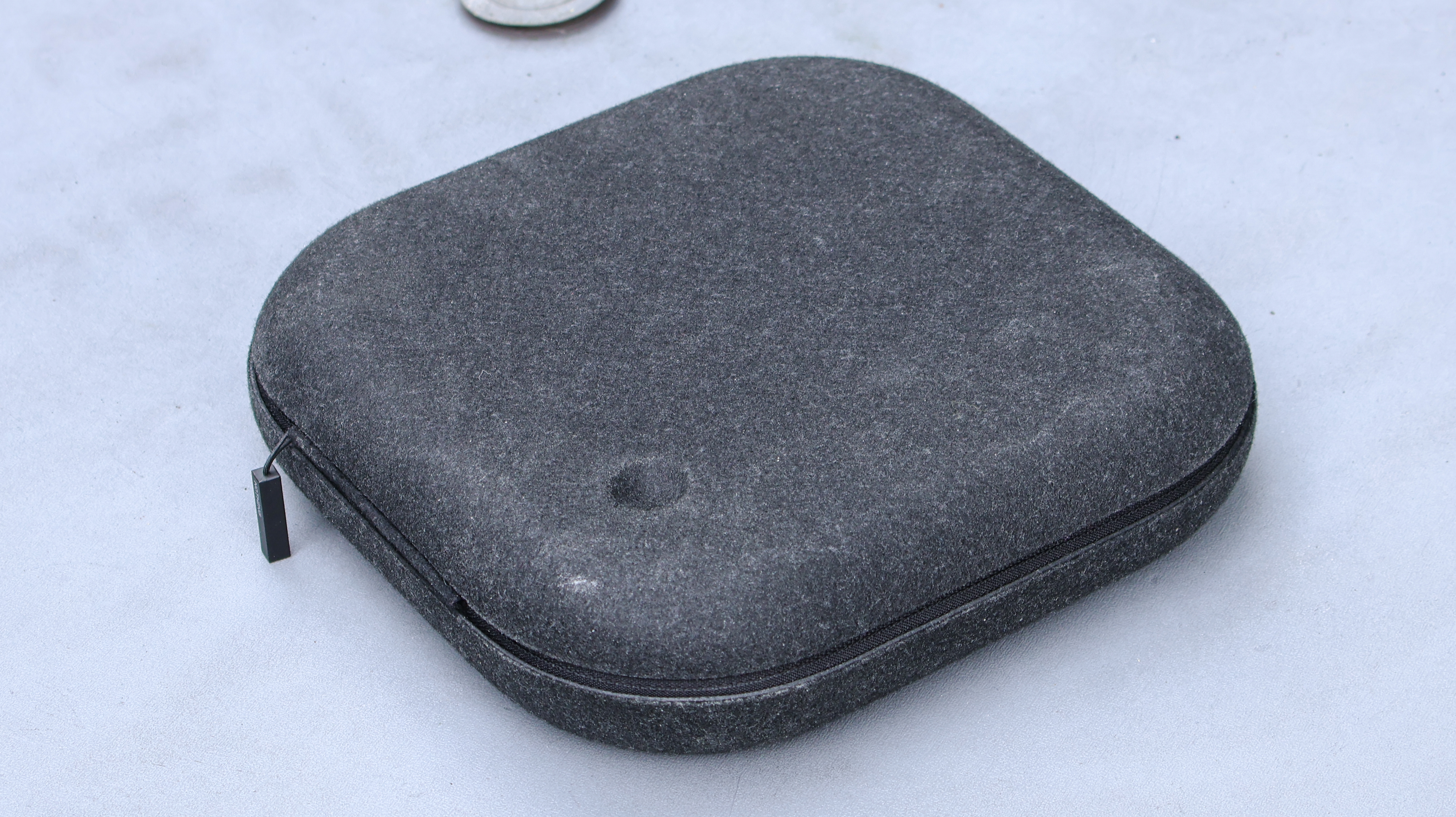
I imagine the design will be quite divisive, however. Not everyone will be interested in a pair of headphones that look quite so ‘out-there’, instead preferring the classic look of the competition. And that’s ok — it’s nice to have variety. The spice of life, as it were, is different-looking headphones.
The design and its thick cushioning make for a fairly comfortable fit, although there are a couple of foibles to dampen the experience. The headband foam isn’t the thickest in the world, and I found that after a couple of hours of wear, I could feel the plastic headband beneath.
The earcups are overall comfortable too, but a word of warning for earring and stud wearers (like me): If you’ve got a cartilage piercing, I found that the headphones press down in just the wrong place. It’s not initially uncomfortable or painful, but it is annoying. They also have a habit of pressing down on my lobes in such a way that my piercings there were disturbed. Again, more annoying than uncomfortable.
Nothing Headphone (1) review: Features
- Easy-to-use app
- Loads of features
- Just… leave spatial audio turned off
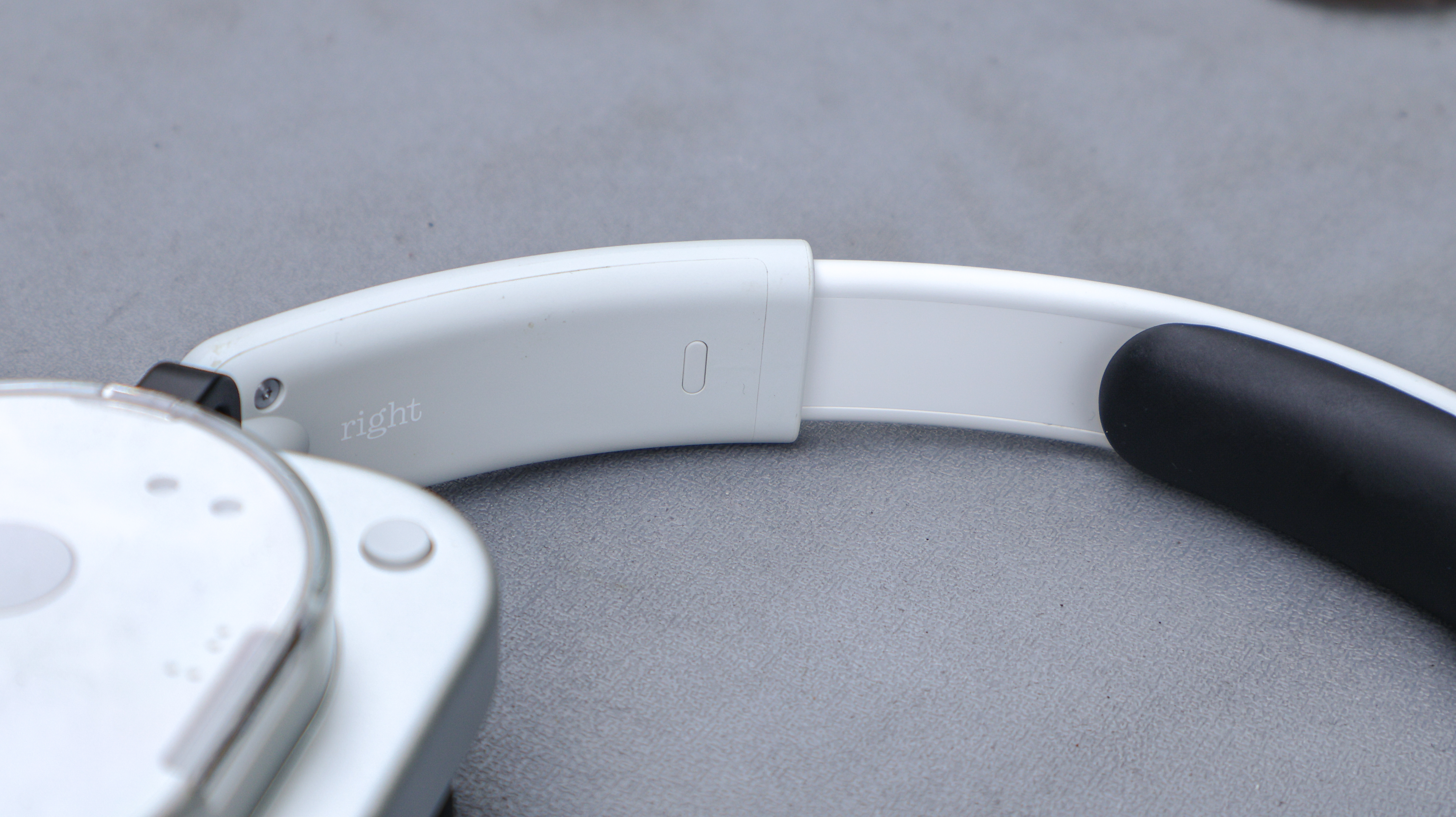
So that they can battle better against the established options from Bose and Sony, Nothing has packed the Headphone (1) full of features. That means you can expect a form of head-tracked spatial audio on board, a solid app to change a range of settings, and even different wired listening modes that rely on both the headphone jack and USB-C ports.
We’ll start with the spatial audio implementation — and, as with so many other uses of the term, it’s another custom thing that Nothing has used. In this case, it’s not going to use Dolby Atmos Mixes brought from Amazon Music Unlimited or Apple Music, instead doing its own job to try and widen the soundstage.
If you absolutely need your music to sound like it’s coming from all around you it’s fine. But in the long run, it serves more to thin out the already anemic mid-range, and completely obliterate any form of body that the sound once had. Head tracking is fine, but overall, a mode worth leaving in the ‘off’ position.
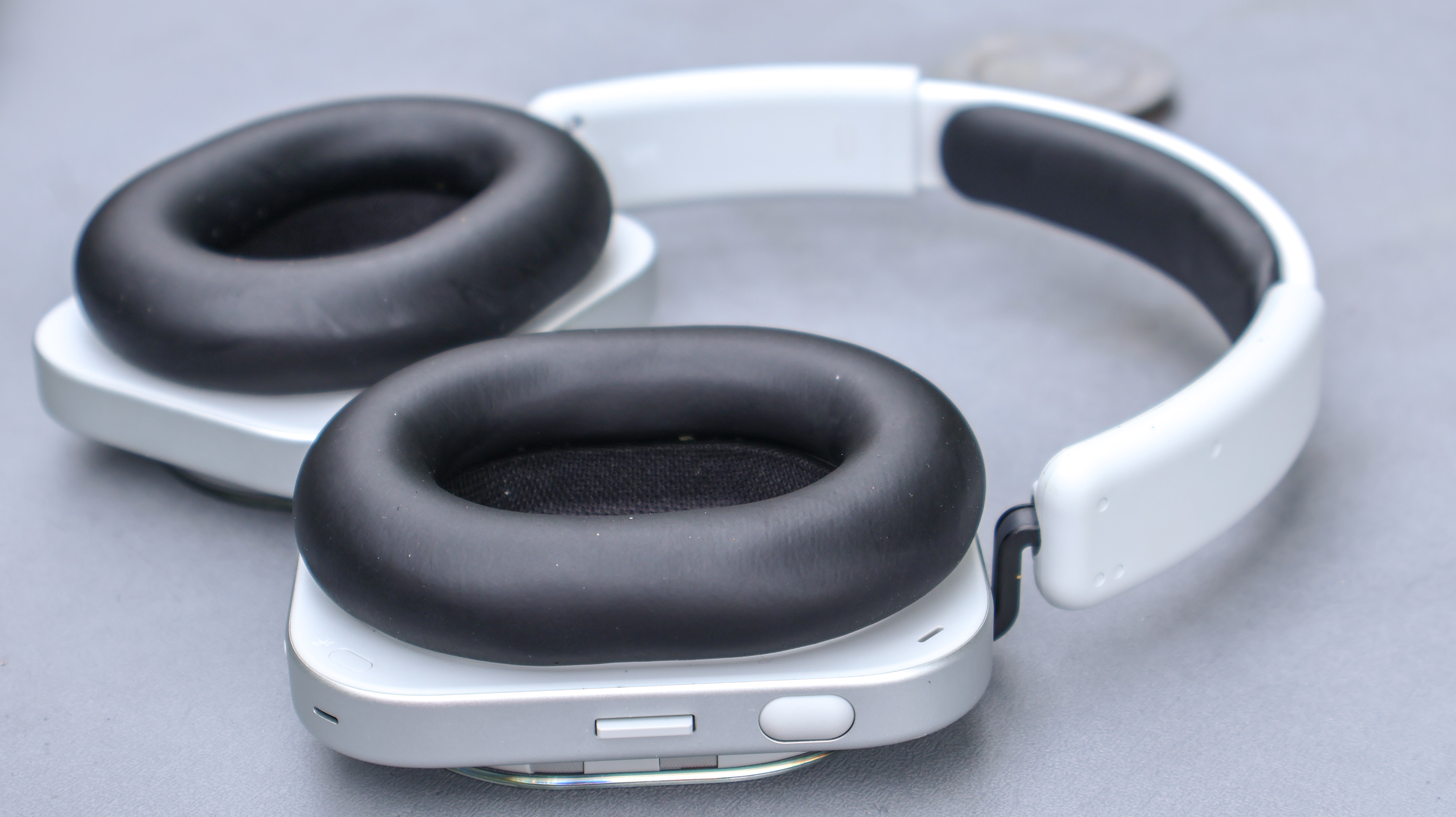
You’ll find that ‘off’ switch in the Nothing X app, the same one you’ll have used for Nothing and CMF’s earbuds. It’s a simple application to use, with large buttons and well-labelled functions and features. Here, you’ll be able to control the ANC level, change the way that the on-device physical controls work, and play with the settings.
There’s also a very strong EQ menu which you’re going to have to become extremely intimate with should you choose to pick up a pair of the Headphone (1)s. I’ll talk more about it later on, but for now I’ll just say this — I’m glad that there’s so much adjustment here, because the core sound is so imminently disappointing that it needs a lot of work from you, the person who bought them, to sound better.
There’s also a bass slider. It makes the headphones sound boomy, even at the lowest level. Don’t touch it. No, don’t you touch that dial.
There’s also a very strong EQ menu which you’re going to have to become extremely intimate with.
There are three different listening modes. The Bluetooth connection is 5.3, with support for LDAC and other hi-res codecs. It’s good, and about what you’d expect from Bluetooth headphones. Then there are the two wired listening modes.
The first is the 3.5mm headphone jack. That means you can listen from older devices, like an iPod. It’s fine, although it still requires the headphones to be turned on and filled with battery juice for it to work. That’s a shame. Once the headphones are dead, they’re dead. Boo.
Secondly, there’s the USB-C listening mode, which lets you listen to hi-res tracks from Apple Music, Qobuz and Tidal. It’s great! I’m not entirely sure that many people are going to notice a groundbreaking sonic difference given the internals aren’t capable of such nuance, but it’s a welcome addition to the cans.
Nothing Headphone (1) review: Controls
- Lovely, physical buttons
- Well spaced
- But the audio cues are nasty
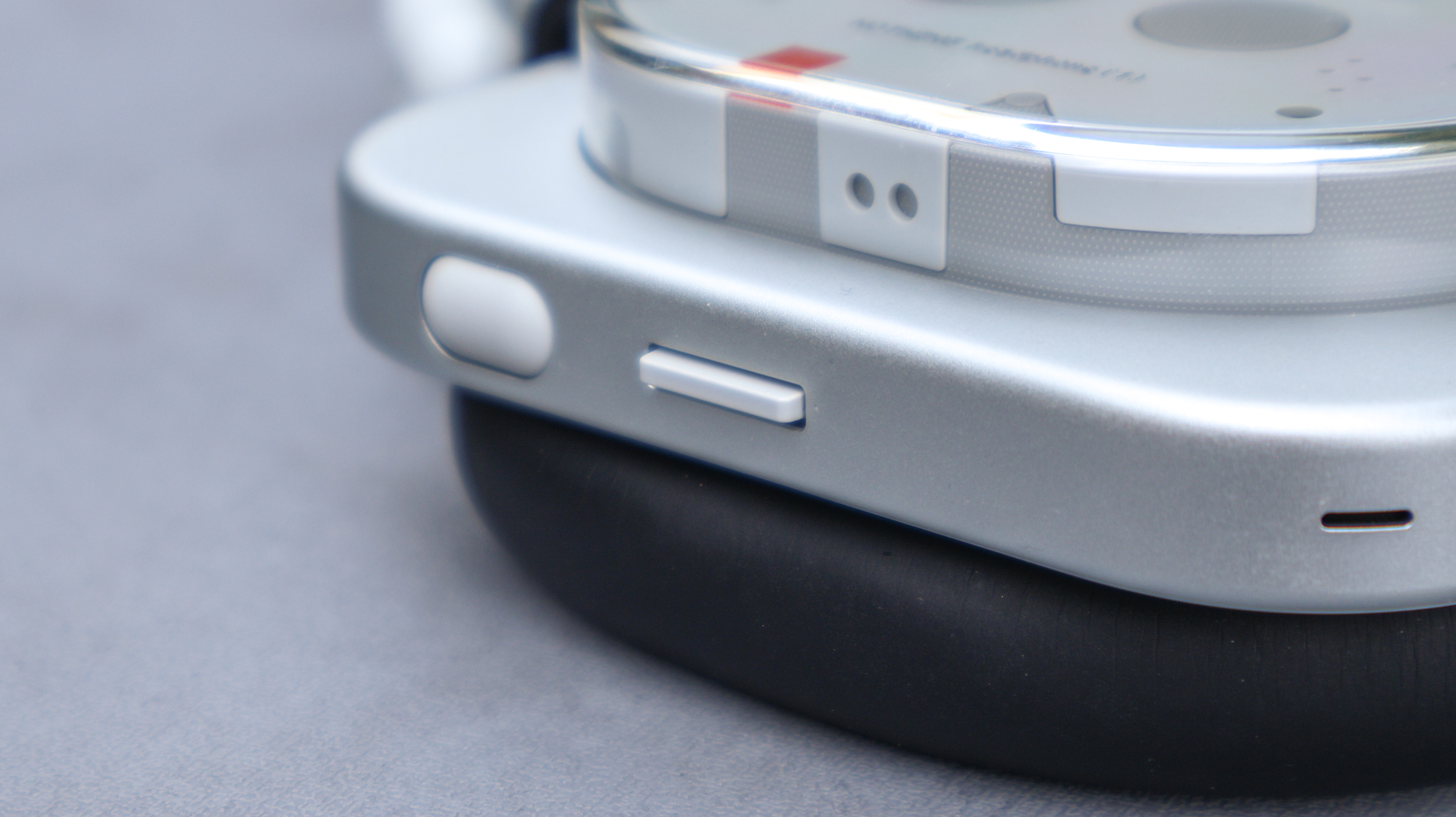
There are few things I hate in this world. Wasps. Mashed potato. Square pizza. Touch controls. So you can imagine how excited I was when I discovered that Nothing would be bringing physical controls to the Nothing Headphone (1). I was even more excited when I discovered how intuitive they are.
Starting with the simple ones, there’s a power switch on the bottom of the right earcup and a customizable button on the outer surface. Both are clicky and responsive, although the switch is perhaps a little small.
It’s the playback controls that are truly lovely, however. There’s a volume roller thing which spins under the finger. It’s an alternative to Apple’s digital crown from the AirPods Max, and I love it. It clicks down to change ANC mode and play/pause the music as well.
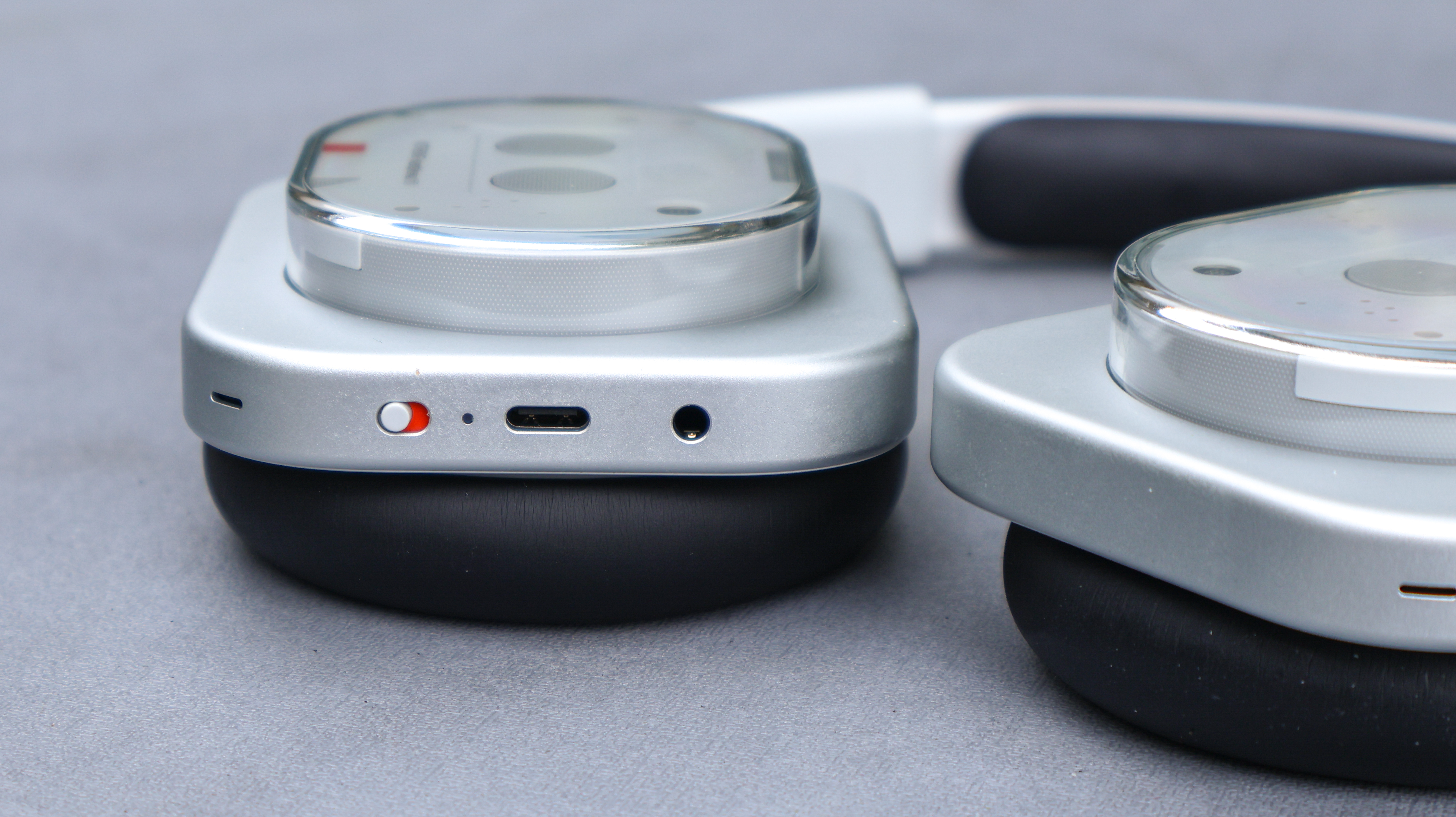
Underneath the volume roller there’s what Nothing calls a paddle. It clicks forward and backward to skip tracks, and you can hold it to scroll through a track. Both controls are easily accessible and intuitive to use. There was no adjustment period here, just pure, rolly, clicky goodness…apart from one annoying issue.
The sound that’s piped into the headphones when you use the controls. The volume control clicks at an uncomfortable timbre, and the audio cues that tell you ANC is on and off are grating. It’s a bit like nails on a chalkboard or someone rubbing some packing polystyrene. I’m not a fan and you can’t turn them off.
Nothing Headphone (1) review: ANC
- It’s very good
- Outperforms most options at this price
- Struggles with wind noise
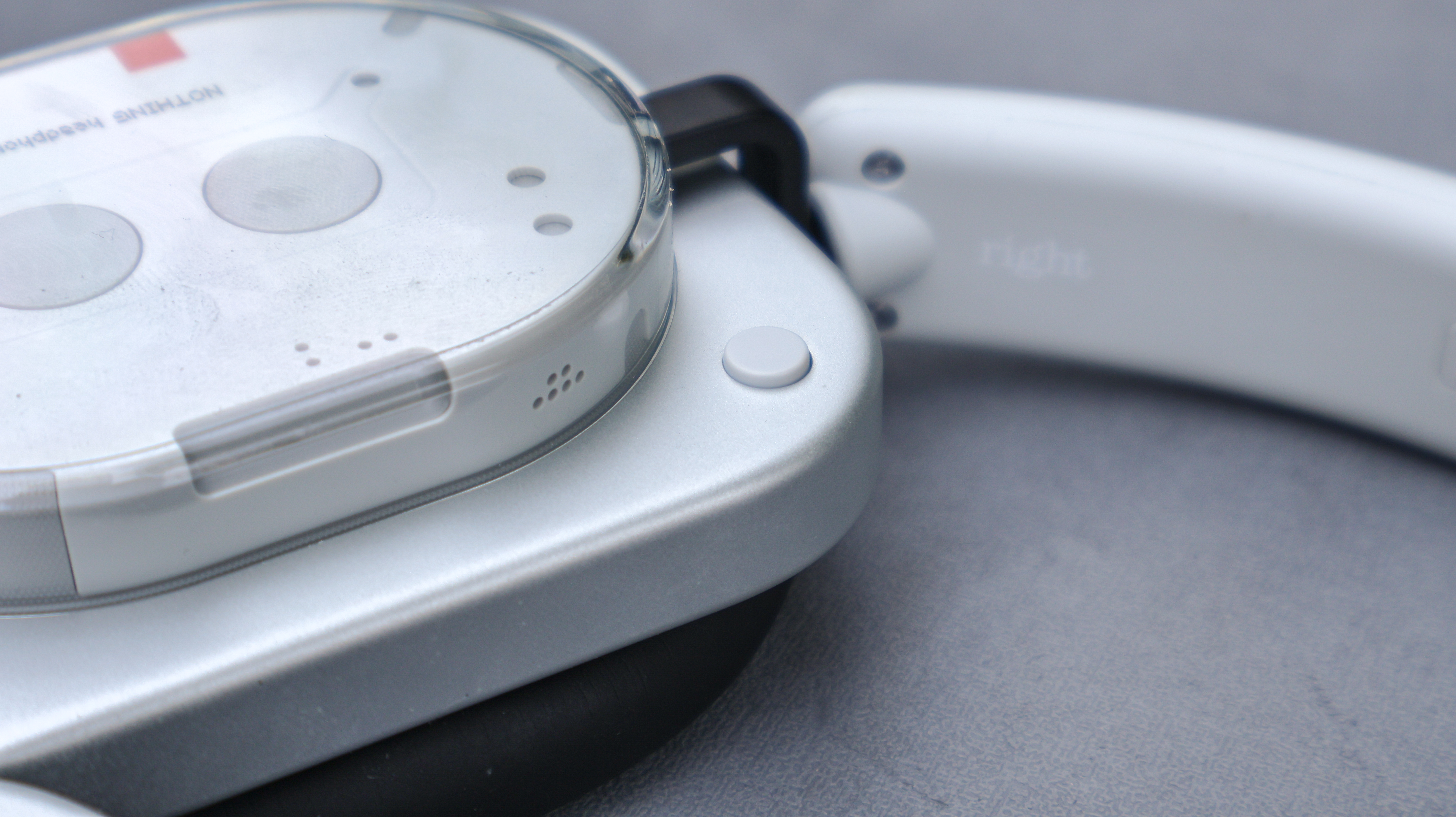
This is about as close to Sony and Bose as you’re going to get if you’re looking for solid noise canceling. I’ve been super impressed with the ANC of the Nothing Headphone (1) during my testing. It’s got all the bells and whistles, including different ANC levels and even an adaptive mode that changes depending on the noise level of your environment.
Play music and the outside world is all but completely silenced. In my small office space, I couldn’t hear my fan at max level (it’s really, really hot), the humming of my laptop, the sound of the fan outside or even the clacking of my keyboard — something that other ANC models often struggle with.
If I tried really hard, I could defeat it — but what’s the point of that?
Taking the ANC outside gave me similar results. The bus was instantly calmer and more comfortable thanks to the headphones, with tire and engine noise silenced.
There is one problem, however, and that’s wind noise. The headphones struggle with blowy breezes more than some, as I found when I could hear the air from my fan and then the wind outside while I was on a walk. It’s not massively distracting, but it is noticeable. And disappointing.
Nothing Headphone (1) review: Call quality
- Middling mic quality
- Solid call volume
- Underwhelming overall call quality
I’ve found that the Headphone (1)’s call quality is almost the same amongst options at this price, but not quite up there in mic quality. The mic is uncommonly bad when compared to other options out there. My call partner complained that I sound like I was talking down a metal tube; not good.
Things on my end were fine, thankfully — although you’ll want to use the mic in your laptop for conference and work calls.
Nothing Headphone (1) review: Sound quality
- Way too dark out of the box
- Requires significant EQ adjustments
- At least you can share your presets
The Nothing Headphone (1) are, apparently, tuned by one of my favorite audio brands: KEF. I love KEF. My speakers are KEF, my TV speakers want to be KEF, and my endgame HiFi contains a set of the brand’s completely out-of-reach blade speakers.
So you can imagine how I felt when I discovered that KEF would be behind the sound of the Nothing Headphone (1).
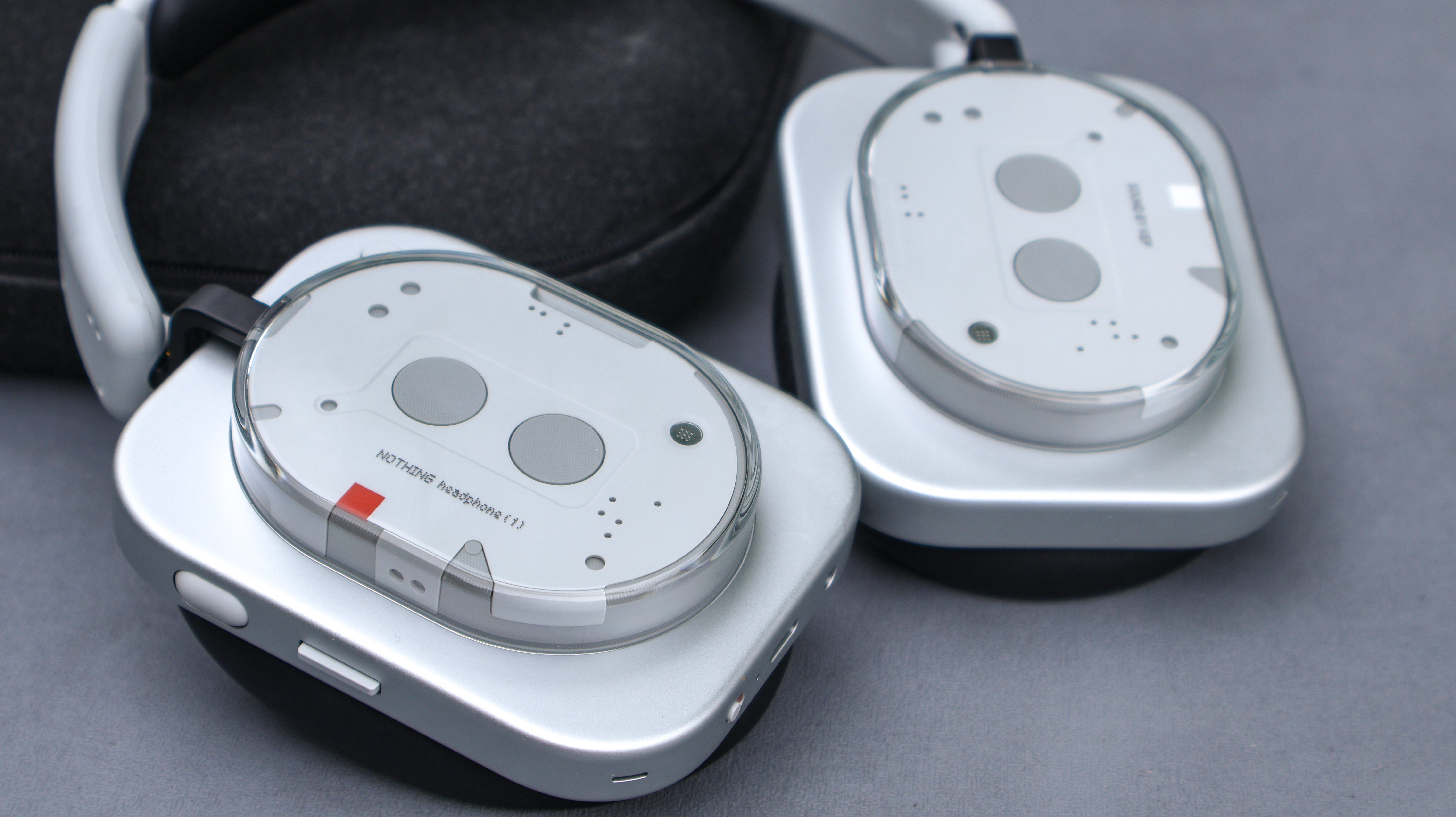
Imagine my disappointment when I put the Headphone (1) on my head and discovered a sound signature that seemed counter to everything that I love about the brand. KEF is known for sonic analysis: High frequencies that are able to extract precise detail from a track and show you all the little bits you’ve been missing. The Nothing Headphone (1)s are…not that.
My first listen showed me a pair of headphones that were mid-focused. With more listening, however, I noticed that there’s a significant darkness thanks to an over-reliance on mid-bass, which swallows the highs and the mids completely.
It’s a restrictive soundstage, and it leaves music feeling distant and one-note. It’s not horrible by any stretch of the imagination, but there are similarly priced headphones that sound much better out of the box.
Thankfully, the EQ in the app is very strong, and lets you dial in the sound to your preferred listening curve. For better sound quality, I boosted the upper mids so that I can get more guitar and musical body, then lowered some of the mid-bass to get rid of some of the tonal darkness. The highs have been increased so that I can get more detail as well.
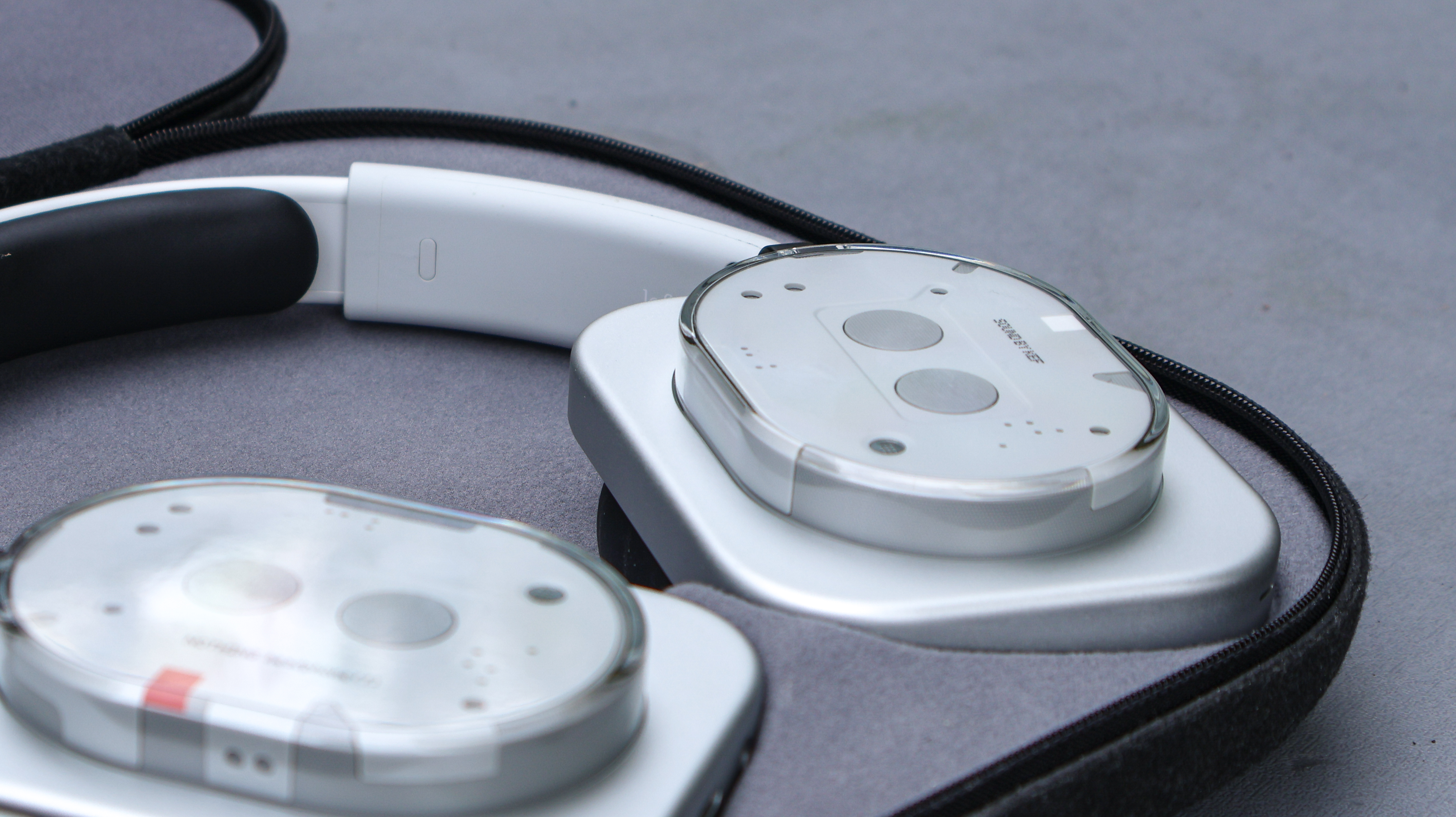
It’s worked well enough, although I suspect I will spend more time tinkering to get the sound I really want. As it stands, they now sound good, although there are still options out there that sound better, like the Cambridge Audio Melomania P100.
The chainsaw guitars of Witchery in Legion require some of the upper-mid edge to sound as scary as they should, and after my adjustments, we’re pretty much there. The dual guitars are fairly easy to separate throughout the brutal assault on your eardrums, but even after some adjustment to the lowest bass frequencies, the kick drum lacks a certain amount of ‘oomph’ that I look for. The vocals are well defined though, and after my high-range changes, the cymbals sound good and airy. It’s cold and unforgiving, just as intended.
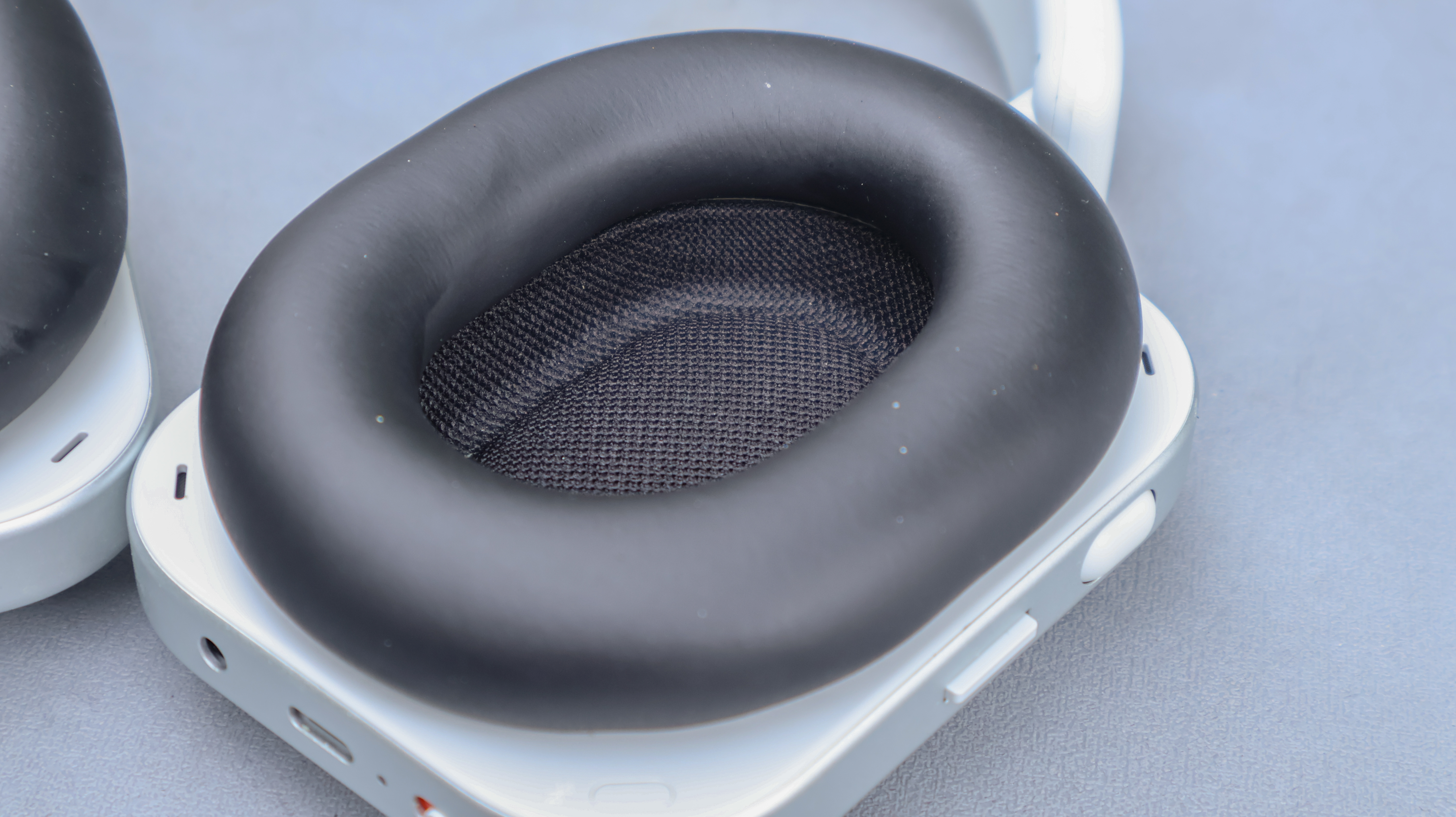
TWICE’s Strategy brings some decent low-end to the table, but some of the impact is lost at the very bottom. The vocals really shine, though, as the girls talk you through their titular strategy. The synths wobble smoothly, and every bell ‘ting’ is clear and concise. There’s perhaps some control lacking in the very low stuff, but it’s otherwise a good performance.
Finally, Limp Bizkit bring the ’90s with My Way. The mid-bass comes into its own, filling the soundscape with distorted bass guitar; Durst’s slurred pseudo-singing is clear and well-defined, and the drums sound very good indeed. We’re lacking some impact, again, but it’s about as sludgy and filled with attitude as you’d hope.
Nothing Headphone (1) review: Battery life
- 80 hours ANC on
- 35 hours ANC off
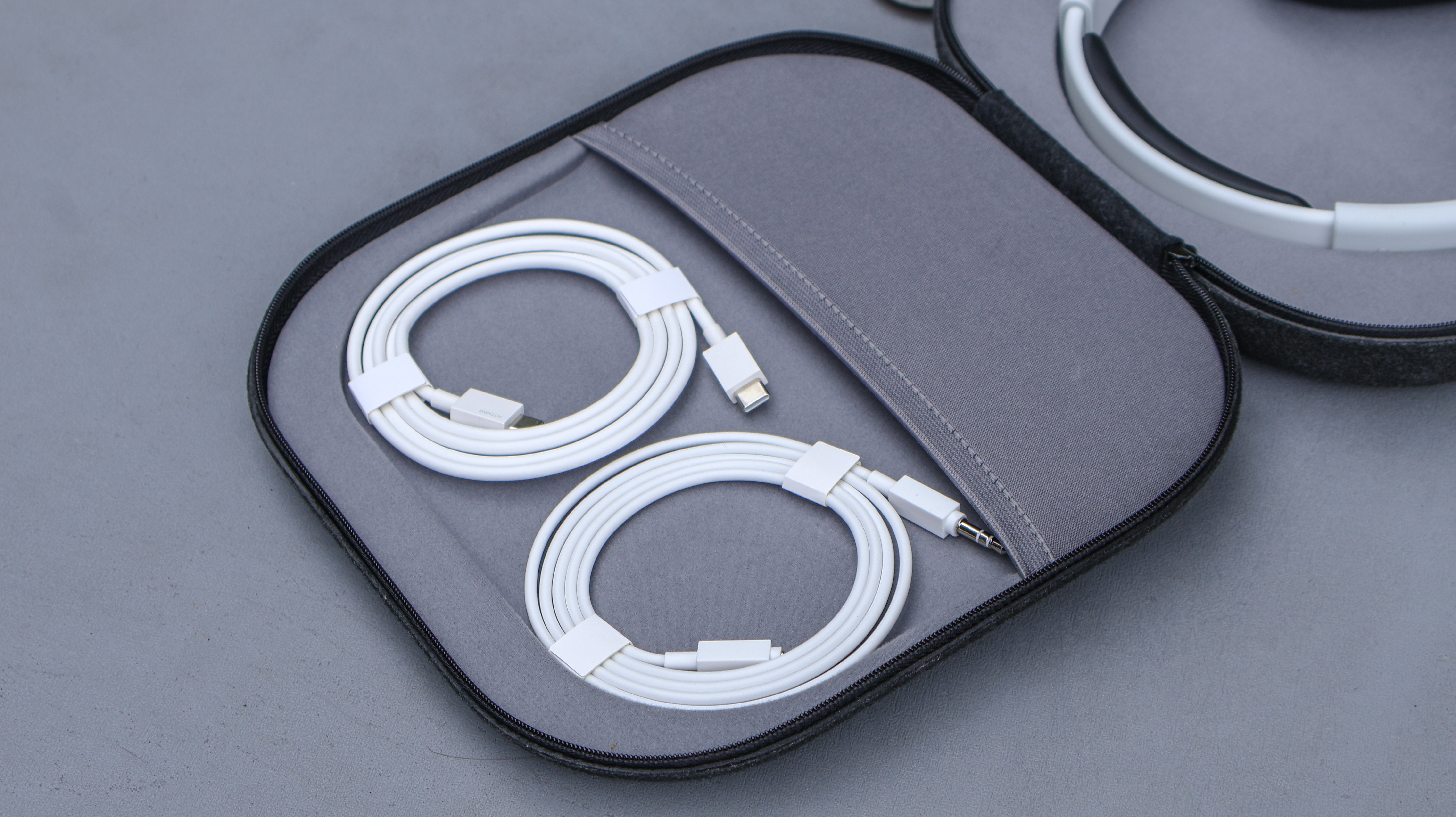
Nothing, where does that extra 45 hours worth of battery go when I turn the ANC on? The ANC is very good, but that’s a gaping inconsistency that feels strange when the Sony and Bose options have far less difference between ANC on and off.
The 80 hours of ANC off battery is very good, to be clear, but 35 hours with ANC on is about what you’d expect from the competition. Given how long they last with noise canceling off, it does feel like a shame that the battery isn’t quite up there when it’s on. Still, they’ve got decent battery life.
My testing showed the battery life claims to be pretty much on the mark. After 8 hours of use I was down to about 70% battery, which is about what you’d expect. That’s with volume at medium and with the ANC turned on. Just keep in mind that the overall battery life will vary depending on the set volume level, ANC level, and even the genre of music you’re listening to.
Nothing Headphone (1) review: Verdict

I’m torn. On the one hand, I really like the Nothing Headphone (1). They look excellent, and I’m genuinely excited to see something different in terms of design. I like how the price undercuts the likes of Sony and Bose while bringing comparable specs to the table, and I think it’s important for upstarts to upset the established headphone norm.
But there’s a big sound-shaped issue that keeps me from whooping and hollering about the Headphone (1). EQ should be a nice extra to help you dial in your headphones to your preferred sound, not a fix for middling sound out of the box.
It goes to show just how good a job Cambridge Audio did with the Melomania P100, mind you. In fact, I’d say you should probably look at those instead, if you don’t mind leaving spatial audio behind.
The Nothing Headphone (1) are a good pair of headphones, but their sonic downfall makes it tricky to recommend them over the competition. Instead, I can suggest you wait for the Nothing Headphone (2) to come out further down the line. If the sound is fixed, we’re onto a surefire winner.












